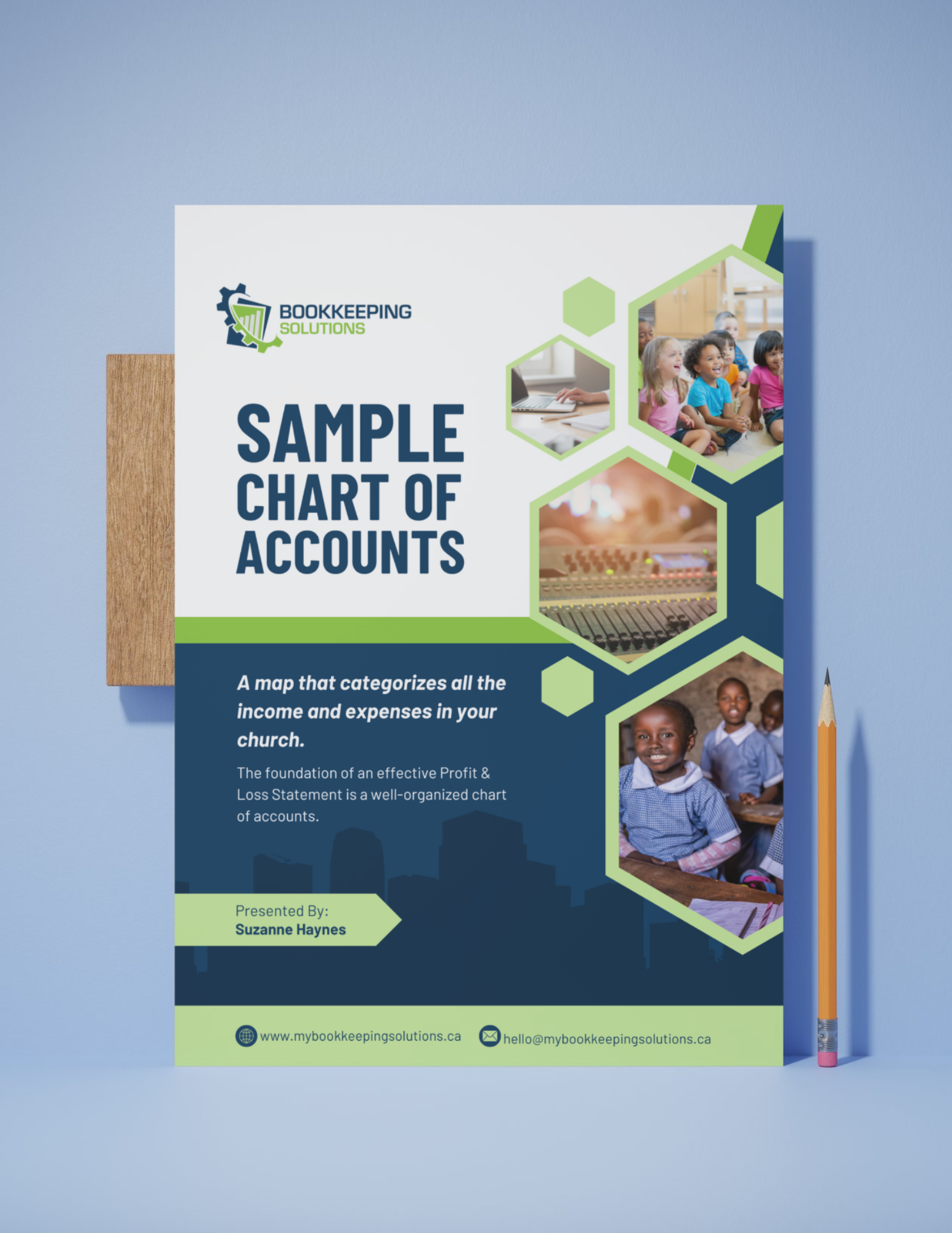The Profit & Loss Statement = Financial Story of Your Church.
You might not think of yourself as a financial expert, but understanding your church’s profit and loss Statement (P&L) is a powerful cheat code to managing your church. It’s your church’s financial story. You don’t have to make the P&L, but as a leader, you do need to understand it.
The P&L isn’t just numbers on a page—it’s a reflection of how well your church is stewarding the donations entrusted to the church as well as answering the bigger question - “Are you fulfilling the church’s mission?”
When you understand the P&L, you can answer the questions;
Can I hire that full time children’s pastor?
Did the outreach day pay for itself and therefore we should plan more of them?
Are we trending up or down in donations and why?
By seeing the numbers and then asking questions to understand them, you make informed, confident decisions. Also, having numbers behind you helps to communicate more effectively with your congregation and board.
Here are three ways to make the P&L work harder for your church:
1. ORGANIZE YOUR CHART OF ACCOUNTS
The foundation of an effective P&L statement is a well-organized chart of accounts. Your chart of accounts is essentially a map that categorizes all the income and expenses in your church. If it’s too cluttered or confusing, your P&L won’t give you the clear picture you need.
How to Improve Your Chart of Accounts:
Group Similar Items Together: Keep your accounts simple and logical. Sounds straightforward but often a church can lose the forest for the trees. Meaning there are multiple office expense lines or each ministry has it’s own postage expense. Keep it simple, only add complexity when needed and group accounts whenever possible.
Use Classes if appropriate: Quickbooks Online (QBO) can break out items by class. This is especially useful to track grants or the finances of a church plant for example. Classes are a great way to report on that information without blowing up the number of accounts.
Break out receipted and non-receipted donations: Preparing your T3010, as well as reconciling your donations slips to your chart of accounts, is much more straightforward if your donations are categorized by receipted and non-receipted. Also note that other expenses can be arranged to correspond closely to the categorizes laid out in the T3010 to make that reporting burden a little lighter.
Review Regularly: Over time, your church’s needs will change. Regularly review your chart of accounts to ensure it’s still relevant and not over-complicated by unused or outdated categories. Tip – Annual Budget time is the best time to do this!
A clear, organized chart of accounts makes reading your P&L easier, helping you understand where your church’s money is coming from and where it’s going. Check out our downloadable sample of a Chart of Accounts.
2. SEPARATE MINISTRY AND OPERATIONS
One of the most common mistakes churches make is mixing ministry and operational expenses on their P&L. When you lump everything together, it’s hard to see how much you’re investing in ministry versus the costs of running the church (such as utilities, rent, or salaries).
How to Improve This:
Create Separate Sections for Ministry and Operations: Clearly differentiate between ministry expenses (e.g., outreach, mission trips, children’s ministry) and operational expenses (e.g., building maintenance, administration, insurance). This allows you to see how much of your budget is truly going toward ministry work.
Use Subcategories: Break down ministry expenses further by creating subcategories for specific ministries. Then you can ‘expand’ reports to look at granular detail or ‘collapse’ to look high level.
By separating ministry and operations, you can better understand the true cost of ministries vs. administration which is useful information when decisions regarding church budget cuts/surplus need to be made.
3. FOCUS ON KEY METRICS FOR DECISION-MAKING
A P&L can be overwhelming if you try to focus on every single line item. Instead, identify the key metrics that matter most for your church’s decision-making and focus on those.
Key Metrics to Watch:
Net Income: This is the bottom line—what’s left after all income and expenses have been entered. Is your church running a surplus or a deficit?
Percentage of Income Spent on Ministry/Operations/Salaries: Use percentage compared over time. Take total ministry spend during the year divided by total income. Is it the same or less then last year? Why? Just looking, comparing and asking questions will help you manage the church and ensure it’s staying on mission.
Trends Over Time: Look at trends over several months to spot patterns in income and expenses. Are there seasonal fluctuations in giving? Are costs rising in certain areas?
Focusing on these key metrics allows you to make data-driven decisions about budgeting, staffing, and future programs, all based on the church’s mission.
By organizing your chart of accounts, separating ministry from operations, and focusing on key metrics, you can turn your P&L statement into a very helpful tool. Again, you don’t need to be a financial expert, but just spending time going through the P&L and being curious will help you better understand your church’s financial story.
FREE DOWNLOAD
A clear, organized chart of accounts makes reading your Profit &Loss Statement easier, helping you understand where your church’s money is coming from and where it’s going. Download our free sample of a Church Chart of Accounts.



